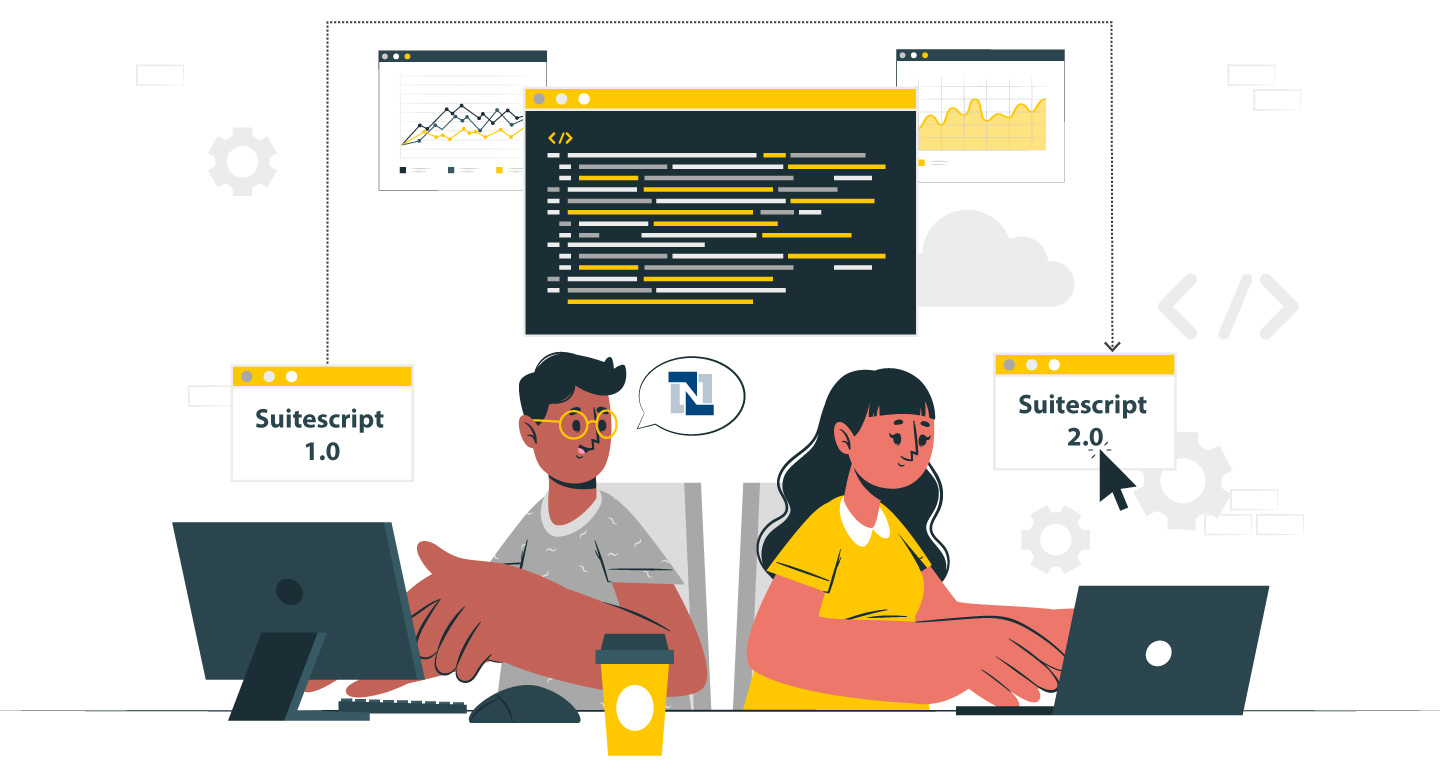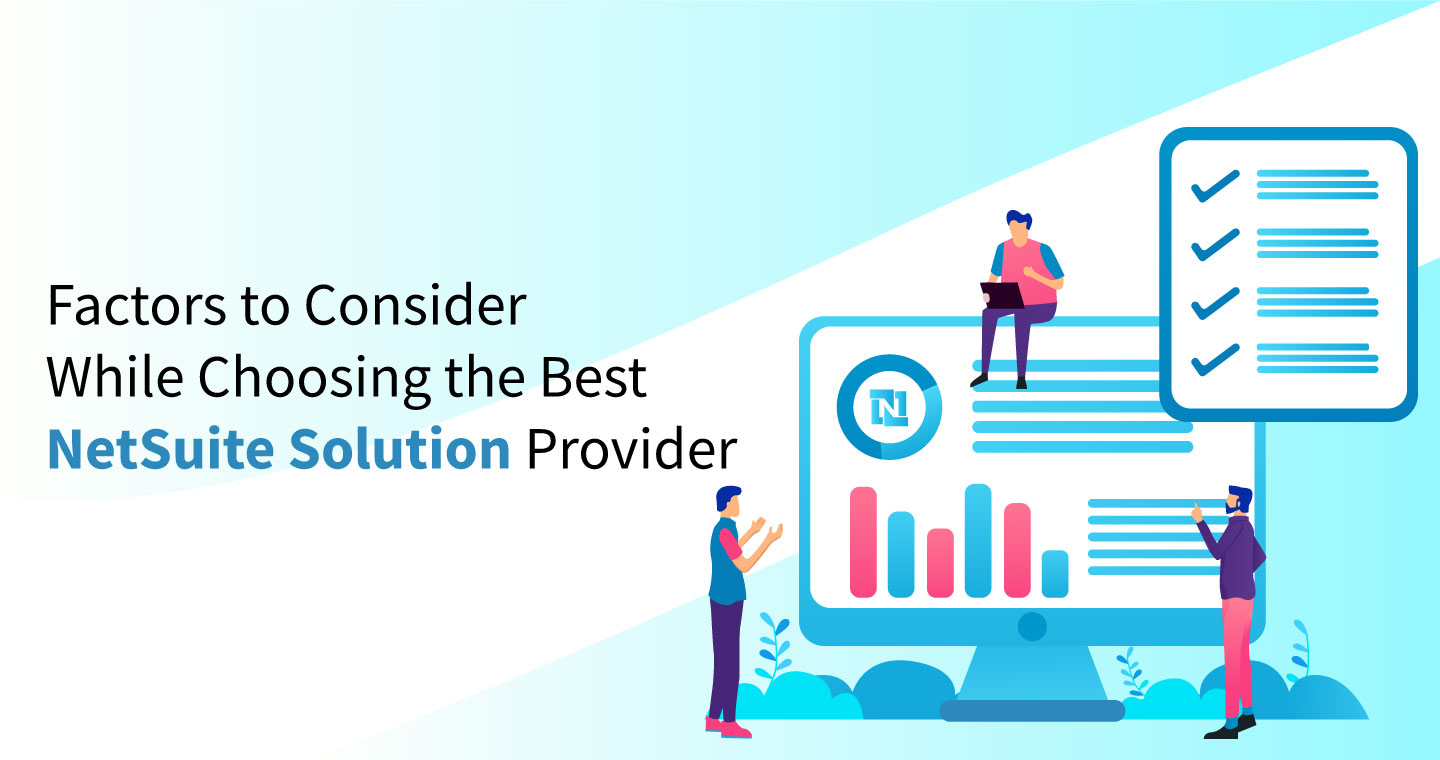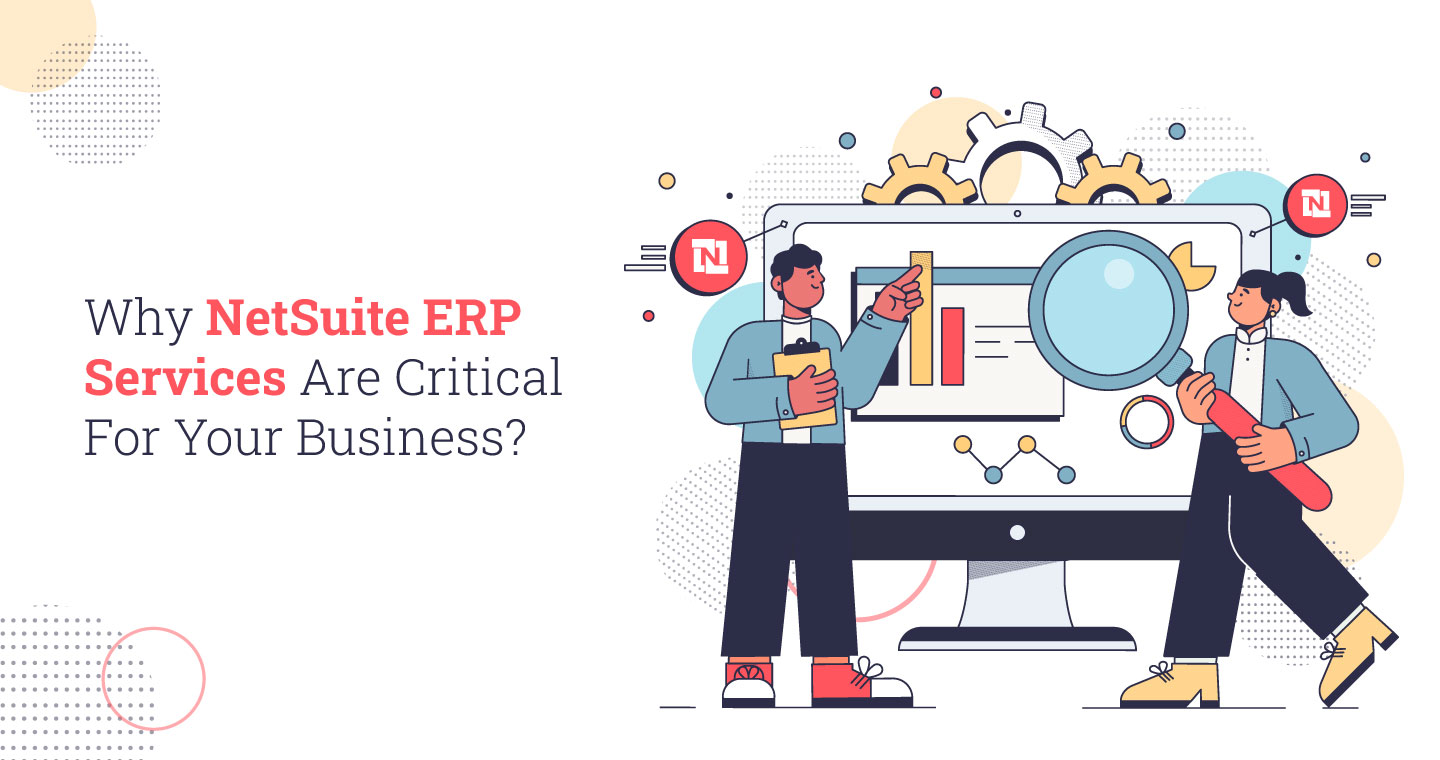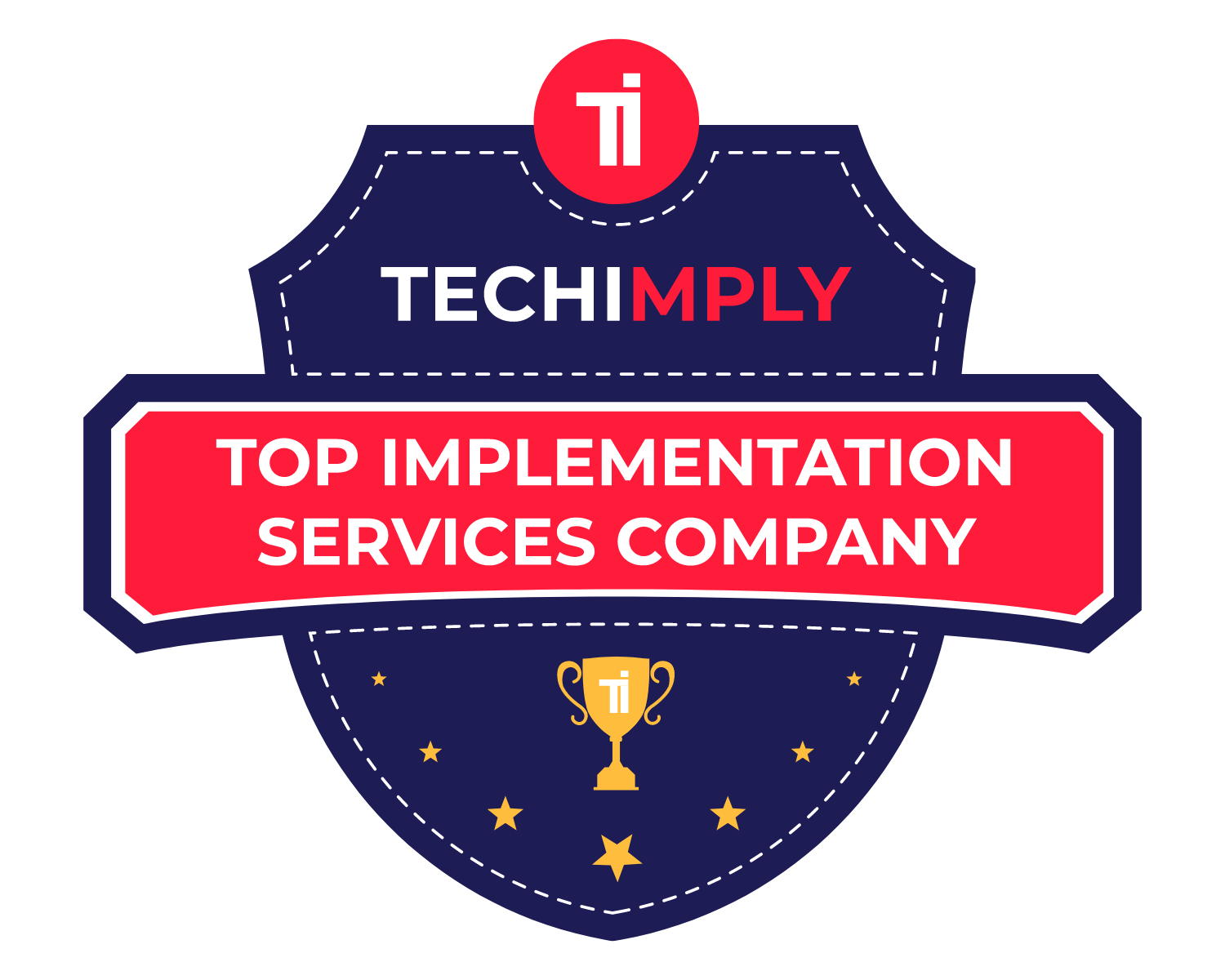Did you know that 1.4 million companies are expected to spend $183 billion on ERP software in 2024? This data highlights the critical role of ERP systems in streamlining operations, enhancing productivity and efficiency, and supporting modern business growth.
It is crucial to make the right choice when choosing an ERP system so that it can have a positive impact on your business for many years to come. With many ERP solutions available today, NetSuite and Acumatica are among the top choices, offering a wide range of features to suit different business needs. But which one is right for your business? By the end of this article, you’ll have a thorough understanding of NetSuite and Acumatica’s key strengths, features, pricing structures, user experiences, and more so you can choose the right one based on the needs of your business.
NetSuite Overview and History
Established in 1998, NetSuite is a leading player in the cloud ERP field, increasingly becoming the top choice for companies aiming to unify outstanding operational capabilities within a single platform. Following its acquisition by Oracle in 2016, the platform has seen substantial improvements by leveraging Oracle’s vast resources. With over 40,000 organizations worldwide and a presence in 219 countries, the NetSuite ERP platform is widely acknowledged, especially among mid-sized to large enterprises seeking a scalable and feature-rich ERP system for their business needs.
Acumatica Overview and History
Acumatica was founded in 2008, with a primary goal of providing flexibility and accessibility for organizations to make use of ERP without any complexity. Acumatica offers both on-premise and cloud ERP deployment options, giving businesses the flexibility to select the version that suits them fine. Through its modular design, Acumatica allows businesses to choose and pay for only the capabilities they need, presenting a cost-effective and flexible ERP solution. Additionally, Acumatica is built on an open platform, allowing for extensive customization and integration with other business applications. This adaptability makes Acumatica a popular choice among organizations looking for a scalable ERP system.
Feature-Wise Comparison
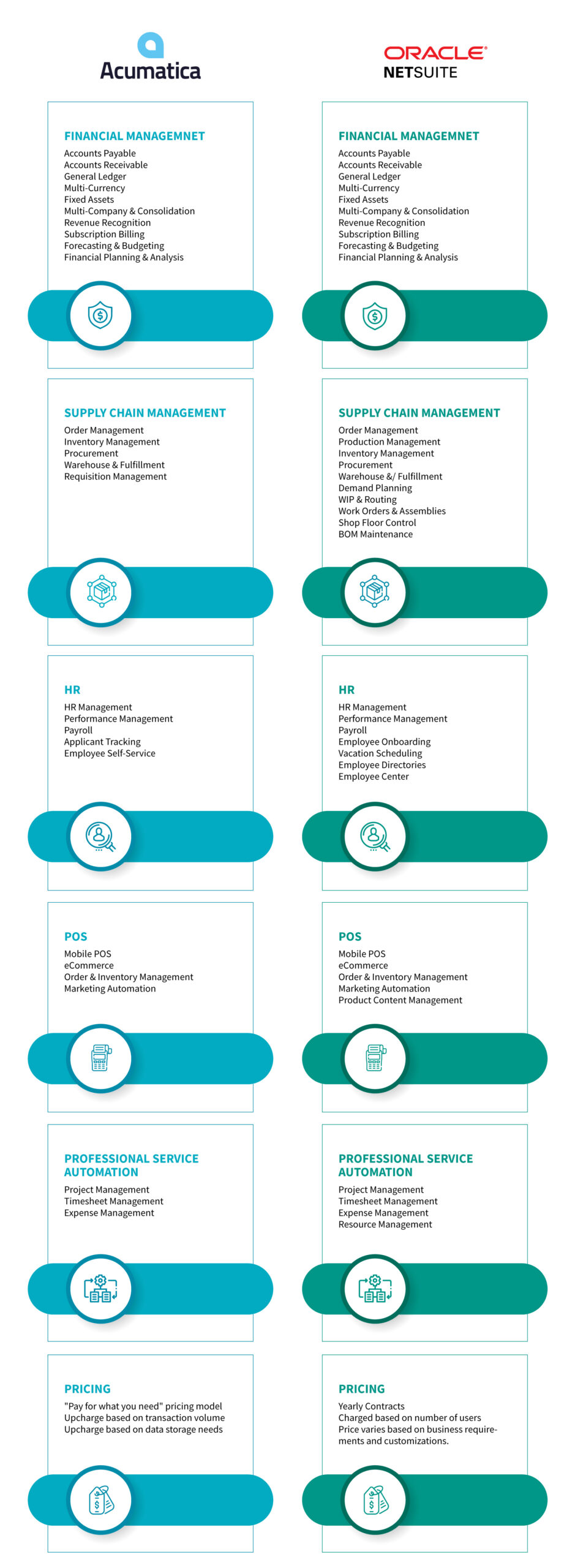
Financial Management:
Financial control is the backbone of any ERP machine, and both NetSuite and Acumatica provide powerful solutions in this vicinity.
NetSuite stands proud of its superior financial control abilities, along with its multi-book accounting and global monetary control. This might be crucial for companies operating across multiple areas. As a result of these capabilities, NetSuite can manage financial operations across various currencies and tax regulations seamlessly, making it a preferred choice for companies that have complicated international monetary management needs.
Acumatica offers strong financial tools as well, however in most cases, is designed for organizations who prioritize flexibility and cost-effectiveness. With its real-time financial information visibility and complete modules for managing receivables, payables, and cash waft, it is a strong choice for small to medium-sized organizations.
International Business Management
Acumatica provides good base functionalities for a company that is expanding internationally. Multi-currency support lets you transact in multiple regions while keeping your financials in order. Acumatica also supports various languages and numerous tax jurisdictions; this makes it easy to handle a wide range of international businesses through the system. NetSuite requires more customizations with the setup than Acumatica.
CRM Capabilities
Moreover, NetSuite CRM is not just a simple customer relationship management tool but a robust platform integrated into the whole ERP system, which thus provides a complete view of customers. The functions run from lead management and opportunity management to sales forecasting and customer service. In that light, sales, marketing, and customer service all can join in a unified effort toward increased customer engagement and, ultimately, better sales performance.
Acumatica’s CRM is fully integrated with its ERP, and as such, it’s easily used throughout your business to keep track of customer interactions. It is highly user-friendly and agile and provides features for managing leads, contacts, and customer support cases. While it does a great job, especially for smaller businesses, it does not have every advanced marketing automation and analytics tool that you may get with NetSuite’s CRM.
Human Resource Management
The Human Resource Management module is an end-to-end suite for all your HR needs-from payroll and employee records management to time tracking and benefits administration. NetSuite lets you manage the entire employee lifecycle in a single platform, seamlessly integrating with other system modules. This makes HR management a lot less painful and far more effective.
Acumatica doesn’t have an HR module of its own, but it integrates well with various popular HR management tools. You can integrate it with a range of popular HR solutions for payroll, employee data, and benefits management. That provides the flexibility to select the HR tools that work best for you, though it may require a bit more effort to ensure everything is sewn together and running smoothly compared to NetSuite’s all-in-one solution.
Reporting and Analytics
NetSuite is unmatched in its reporting and analytics capabilities. In-depth, real-time dashboards, custom reports, and high-quality data visualization tools give you deeper insights into your company’s performance. From financial reporting to operational insight to tracking company performance, NetSuite provides all the relevant tools to make an informed and fast decision.
With Acumatica, you can create detailed reports, access real-time data, and set up dashboards that give you a clear view of your business. This allows you to run detailed reports and utilize the analytics tools to drill down on trends and performance. As robust and capable as it is, Acumatica’s reporting features take a little more investment in time to customize to the depth and range provided by NetSuite.
Inventory and Order Management
NetSuite’s inventory and order management system is designed for businesses relying heavily on monitoring their supply chain. It provides real-time visibility into inventory levels, the status of orders, and the fulfilment process, ultimately helping you to reduce stockouts and significantly improve inventory turns. With the sophisticated functionality of demand planning and multi-location inventory management, NetSuite meets the requirements of any company facing complex inventory needs.
Acumatica offers ideal solutions for small to mid-size businesses, especially when managing multiple inventories, updating orders, and fulfilling them. Acumatica is, in general, pretty user-friendly and moldable, but if more complex supply chain needs arise, then NetSuite will obviously be your better support option, offering more advanced features.
Customization and Integration Capabilities
NetSuite offers powerful customization options, ranging from simple workflows and additional fields to creating entirely new applications using tools like SuiteScript, SuiteFlow, and SuiteBuilder. Thus, it is possible to tune the system precisely for the specific needs of a business, ensuring deep integration with other systems and increasing overall productivity.
NetSuite features a sophisticated integration framework with SuiteCloud, offering powerful APIs like SuiteScript and SuiteTalk for custom and pre-built integrations. This enables seamless data synchronization and real-time connectivity with various third-party applications and systems, ensuring a cohesive and efficient operational workflow.
Acumatica, on its part, is a great ERP solution with numerous configuration capabilities. It’s designed to be flexible so you can have your workflow modified whenever needed, make custom dashboards, and even integrate your custom-developed applications. Moreover, Acumatica has an open architecture, making it easy to connect with other systems. This is one of the reasons it’s often praised as one of the “easiest” and least costly among the many customization solutions, especially when compared to some other ERP systems.
Acumatica also offers robust integration capabilities, with built-in connectors and an open API that facilitates easy linking with various external systems and services. This flexibility helps ensure that Acumatica can seamlessly integrate into your existing technology stack.
NetSuite vs Acumatica: Considering Decision-Making Factors
Deployment Options
There are many differences between NetSuite and Acumatica when it comes to the implementation of ERP structures.
- NetSuite is a cloud-based software hosted on Oracle servers, which makes it very secure. Because it runs online, it requires less IT infrastructure to manage, simplifying IT tasks. It also gets regular updates and can be accessed from anywhere using the internet, making it a flexible and scalable option for growing businesses.
- Acumatica, however, permits organizations to choose between cloud and on-premises deployments. It allows them to choose the most suitable platform based on their safety necessities, IT talents, and commercial enterprise continuity plans. For agencies working in industries with strict data protection guidelines or with particular IT infrastructure desires, this flexibility is mainly useful.
User Experience and Support
User experience and support are vital elements that may have an impact on the success of an ERP implementation for any business.
- Although NetSuite gives an extensive type of features and capabilities, its complexity may be tough to navigate for new customers. While the platform gives significant support, organizations may frequently need extra training to utilize its full ability. With Oracle’s strong support network, businesses can get access to the assets they need to conquer these challenges.
- On the other hand, Acumatica is thought of for its intuitive design and user-friendly interface. Due to the platform’s flexibility and ease of use, businesses can select from a variety of options for ensuring compliance with and supporting the platform. With the help of Acumatica’s community of partners or direct support, businesses can personalize the system to their precise desires.
Pricing and Licensing Comparison
The cost of implementing an ERP system can be a significant consideration, mainly for small and medium-sized businesses.
- Because of its large characteristic set and scalability, NetSuite has a barely higher pricing point. The charges can add up, in particular when you consider licensing costs, implementation fees, and ongoing training and support costs. NetSuite is a great investment for organizations that need advanced features and global capabilities; however, smaller businesses might find it expensive.
- Acumatica’s pricing model is flexible, allowing businesses to pay for the most effective capabilities they need. Because of its modular pricing approach and lower upfront prices, Acumatica is a more least expensive alternative for businesses looking for an ERP solution that fulfils their needs and is not too highly-priced.
Also Read: NetSuite Pricing 2024
Why Are Businesses Switching from Acumatica to NetSuite?
When businesses get higher growth and their operational necessities end up being extra complex, they often need to migrate to an ERP system with higher capabilities of handling complex business. Especially for companies aiming to scale globally, NetSuite’s capability to address complex financial and demanding operational situations makes it an appealing choice. The backing of Oracle also provides a level of warranty, as ongoing support and innovation are a concern. That’s a crucial element for businesses with long-term growth plans.
In particular, NetSuite can be a remarkable choice for businesses that need robust international financial management and who want to integrate a couple of enterprise features seamlessly.
Read More: NetSuite Benefits and Features
Conclusion
The choice between NetSuite and Acumatica relies upon your business’s unique operational needs and long-term growth plans. With NetSuite, you get the superior functions and scalability essential for large and complex organizations. Acumatica, however, stands out for its flexibility, affordability, and user-friendly interface, making it a strong contender for small to medium-sized businesses seeking for a cost-effective and adaptable ERP solution. Consider your organization’s size, budget, and growth plans and connect with a NetSuite Consultant to determine which ERP better aligns with your business goals.


